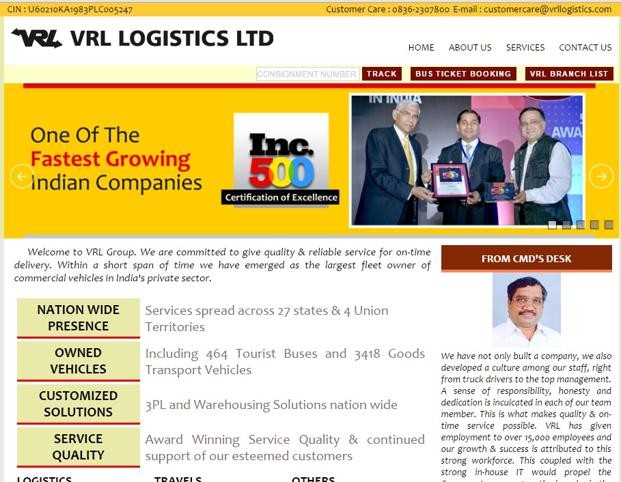What To Look Up In IPO Prospectus
Post on: 10 Июнь, 2015 No Comment

Foreword from ShareInvestor
This article “What To Look Up In IPO Prospectus” by Alvin Foo was first published in The Sunday Times on 04 Aug 2013 and is reproduced in this blog in its entirety.
Five areas to focus on, to suss out if an offering will be a dud or a star performer
Heres a telltale sign of a red-hot initial public offering (IPO) as told by a banker – snaking queues at ATMs, especially in the Central Business District.
But that is hardly the best gauge of an IPOs popularity.
More information can be gleaned from the prospectus, which contains details on the company seeking a listing and claims that investors are drawn to it because of its sound fundamentals.
Investors should do their homework to read the IPO prospectus and understand the companys fundamentals prior to subscribing to the offer, said Mr Khong Choun Mun, head of corporate finance at United Overseas Bank (UOB).
But making sense of this lengthy document may seem like rocket science at first glance.
Thats because it typically stretches over several hundred pages long, and is plastered with financial and legal jargon.
For example, the IHH Healthcare prospectus issued last year was a mammoth 667-page document that was 7cm thick and weighed more than 3kg.
So its no wonder that many retail investors choose to rely on word-of-mouth advice from remisiers or fellow investors to make their IPO decisions. Few will bother to study the prospectus before jumping in.
Thats an irony, considering that part of the intention of having these documents is to aid investors in their decision-making by giving them material company information.
Market experts urge investors to look beyond the prospectus for a more thorough assessment.
Other important factors to consider include market sentiment, timing of the IPO launch relative to the market conditions and the IPO issue price, said OCBC Investment Research head Carmen Lee.
The experts highlight the top five factors to note in a prospectus, and how to tell if an IPO will be a star performer or a dud.
1 Grasp The Big Picture
The listing document is usually made up of several sections, including the business overview, strategy, use of proceeds, management information, financial performance and dividend policy.
Brokerages may also come up with IPO factsheets, which give a snapshot summary of the offer such as the business strategy, dividend policy, risks and statistics.
An overview of the companys business, competitive strengths, financial highlights, investment merits, strategies and prospects can be obtained from the six- to eight-page gatefold cover of an IPO prospectus, said UOBs Mr Khong.
Investors should study the document to understand the companys nature of business.
Its important to understand how the company derives its revenue, its business operations, customer mix, cost structure, competitive edge and business risks, said DBS Vickers analyst Ho Pei Hwa.
2 Scrutinise Use Of Funds
A critical component is how the company intends to spend the money raised, which is covered in the use of proceeds section.
For instance, newly listed pawnshop operator MoneyMax stated in its prospectus that it plans to use about $4 million of its $14.4 million net proceeds to finance the opening of more outlets.
Analysts urge investors to pay extra attention to this section, as it will offer key clues to the long-term growth potential of the business and how well it is being run.
OCBCs Ms Lee said: Its prudent to invest in companies that plan to use the proceeds to fund long-term growth or expansion plans.
She added that investors should pay more attention if the key purpose of funds raised is to pay off debt or to pay existing investors a huge pre-IPO dividend.
Sias Research lead analyst Ng Kian Teck said: If the proceeds are used to pay off debts, we usually read it in a negative light as it suggests poor use of equity.
Investors should also take note if proceeds go to pre-IPO shareholders, as it suggests that they could be using the IPO as a means of cashing out, he added.
Like all other investments, its critical to evaluate the business risk before proceeding. This makes the risk factors section a must-read.
Its crucial that an investor does not just focus on the revenue and profits, but also the potential operational or legal risks that may affect the financial performance of the company, said UOBs Mr Khong.
Examples of key risks include those associated with the countries in which the business operates, dependence on a single major customer, supplier or promoter, inability to obtain financing to support operations, and counterparty risk, noted the Singapore Exchange (SGX).
For instance, the prospectus of newly listed oil exploration firm Rex International clearly states that it has yet to locate oil in its concessions, as part of the section outlining its key risks.
Risk disclosures must be specific and not general in nature, SGX noted. The lack of clear and quality disclosure should raise investors concerns on whether the issuer is being upfront on the key risks associated with its business, it added.

Red flags include excessive debt or legal trouble.
OCBCs Ms Lee said: If a firm is undergoing legal disputes, the prospectus should indicate a sense of the (potential) monetary impact on the business as a result of legal actions.
4 Look At Whos Involved
Knowing who the main personalities are can offer key insights on whether the counter will soar or sink post-listing, and this can be found in the management and corporate governance section.
Investors should study the management teams biographies, including the companies they have worked for, and also look at the personality of the founder or key shareholder.
OCBCs Ms Lee said: Be particularly wary if any of these companies has filed for bankruptcy or has encountered financial problems.
Investors should also take note of disclosures by directors and controlling shareholders to see if they were the subject of any past investigations or convictions.
SGX noted: A history of poor compliance or disciplinary observance may suggest a lack of honesty or integrity.
For large IPOs, having reputable cornerstone investors listed in the prospectus and the subscription amount they undertake is a good indication of the support shown by institutional investors, said UOBs Mr Khong.
Sias Researchs Mr Ng added: Companies with reputable cornerstone investors or that have names that are of strong familiarity among the local investing community, such as SPH Reit and OUE Hospitality Trust, will tend to attract more investor attention.
SPH Reit attracted keen interest partly due to its having five prominent cornerstone investors, which include insurer Great Eastern Life and Morgan Stanley Investment Management.
5 Scrutinise Its Financial Health
Finally, investors should take note of the financial statements, which are usually found in the appendix, and pay close attention to indicators which point to weak financial health.
DBS Ms Ho said: Its usually not a good sign to see accounts receivables or inventories rising more rapidly than the companys revenues, and the company paying off its existing debt with substantial IPO funds.
She added that investors should compare the companys revenue trend, profitability and cash flow to see how it fares against its peers.
They should also scrutinise the strength of its balance sheet, looking at the amount of debt versus its cash.
Review the companys order book and cash flow statement to determine if the company generates significant free cash flow, which can be used to pay dividends, said OCBCs Ms Lee.














